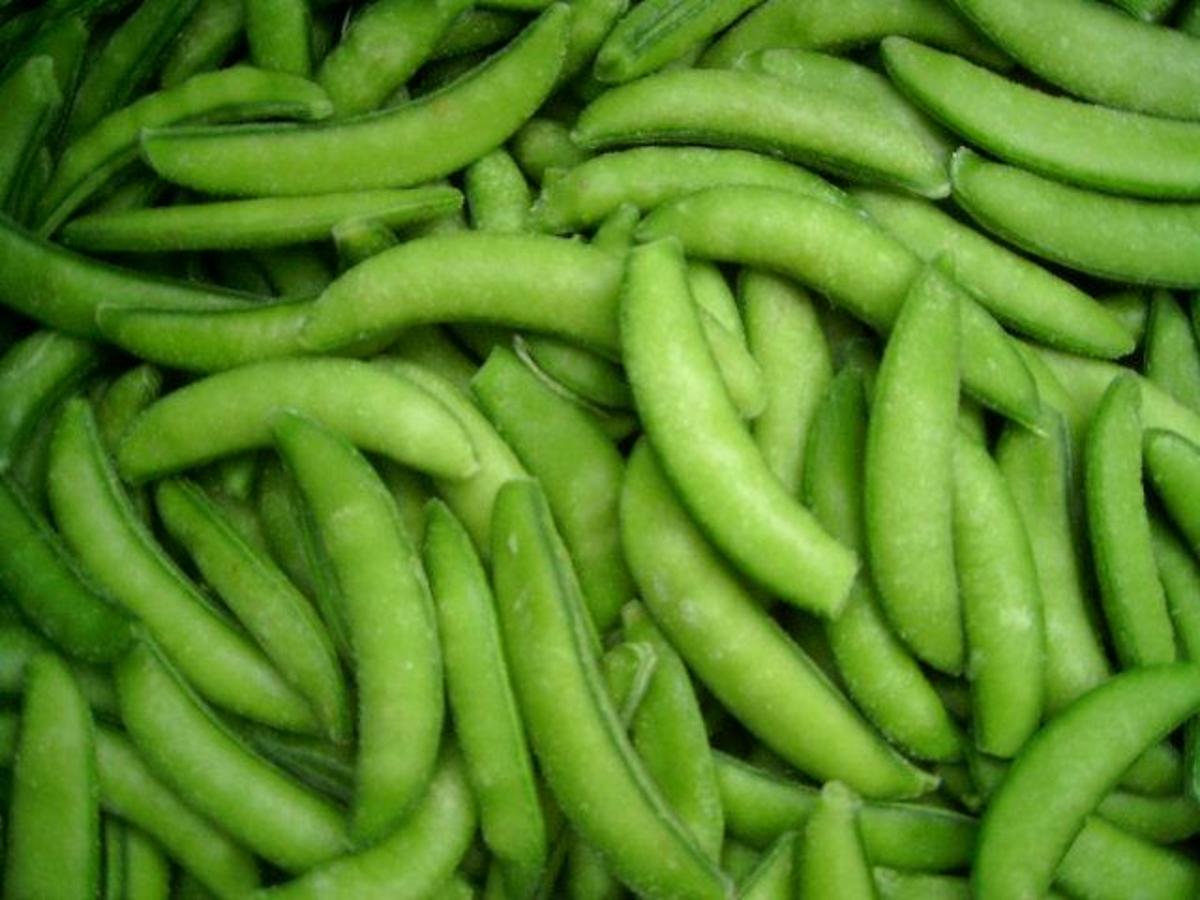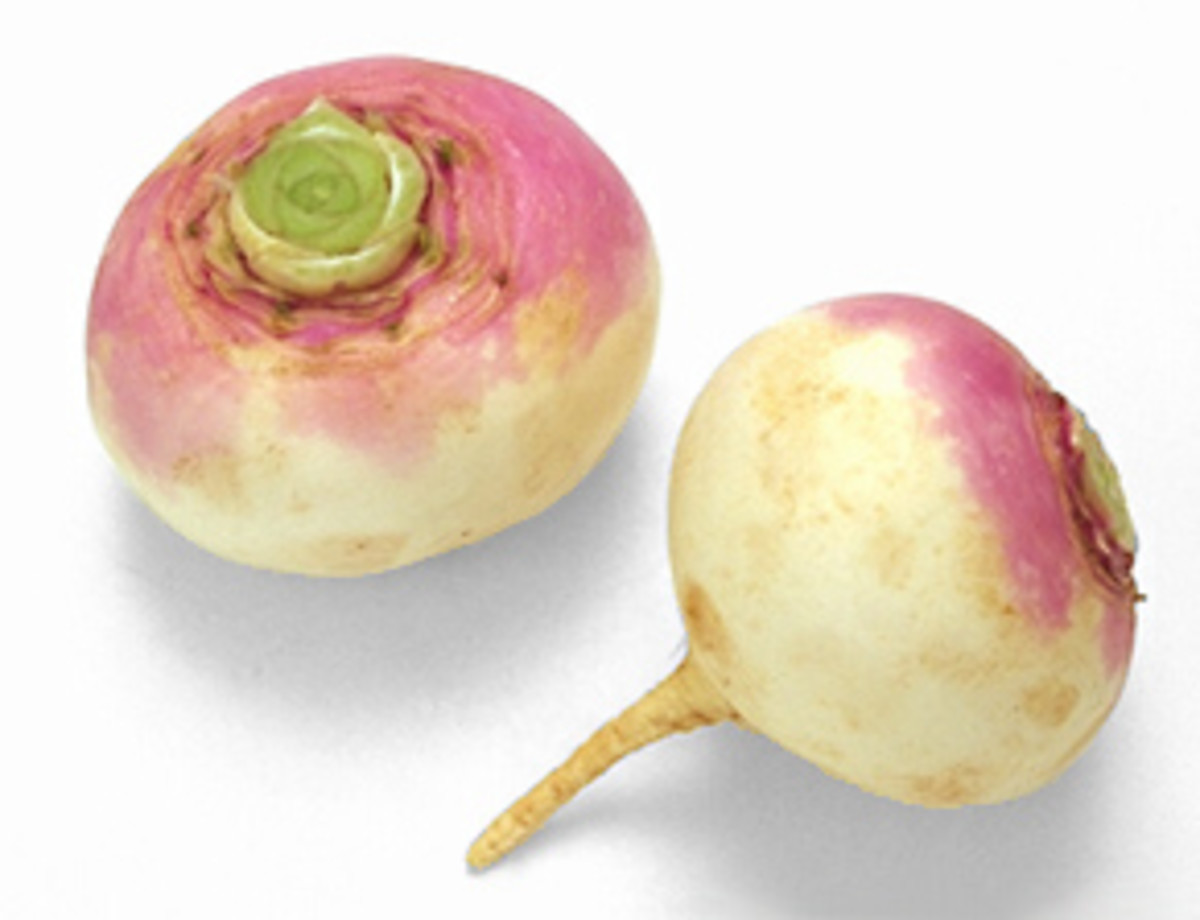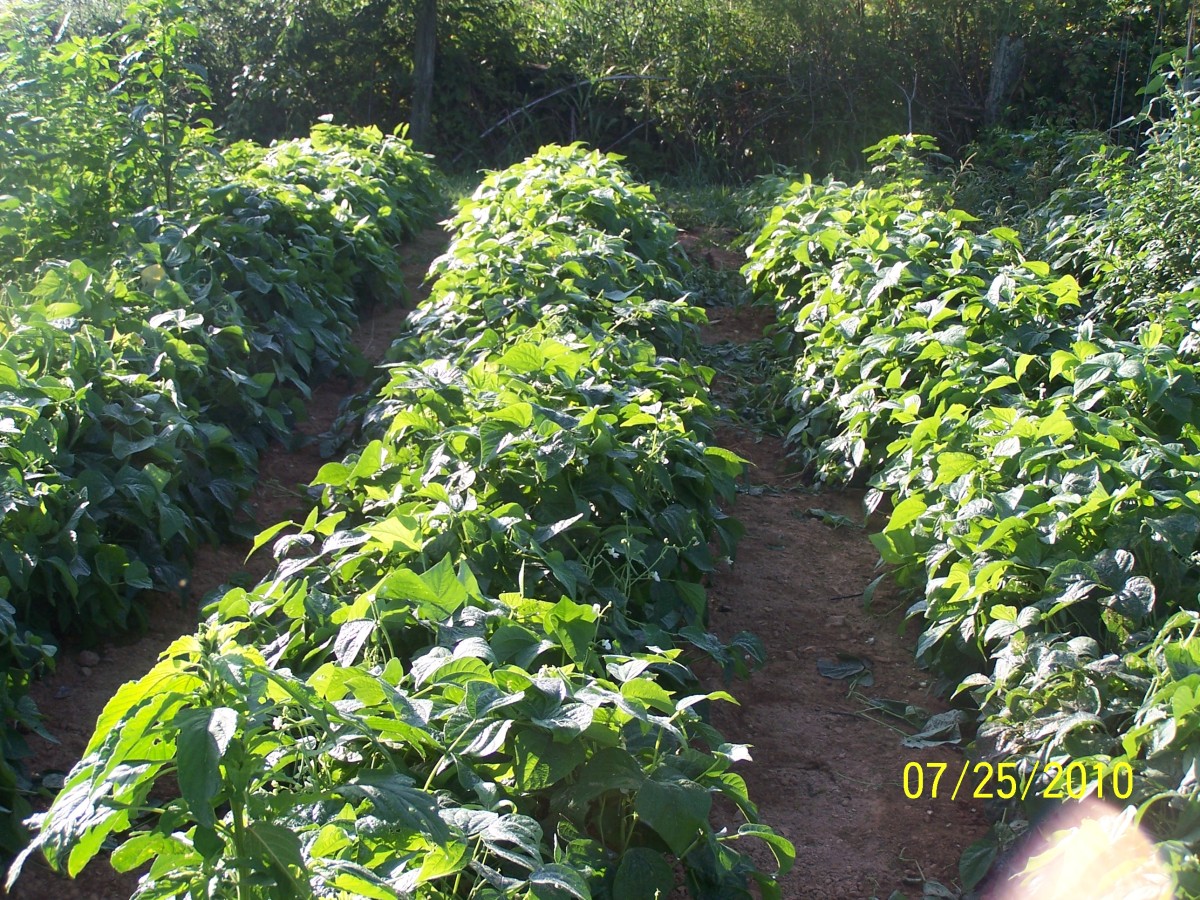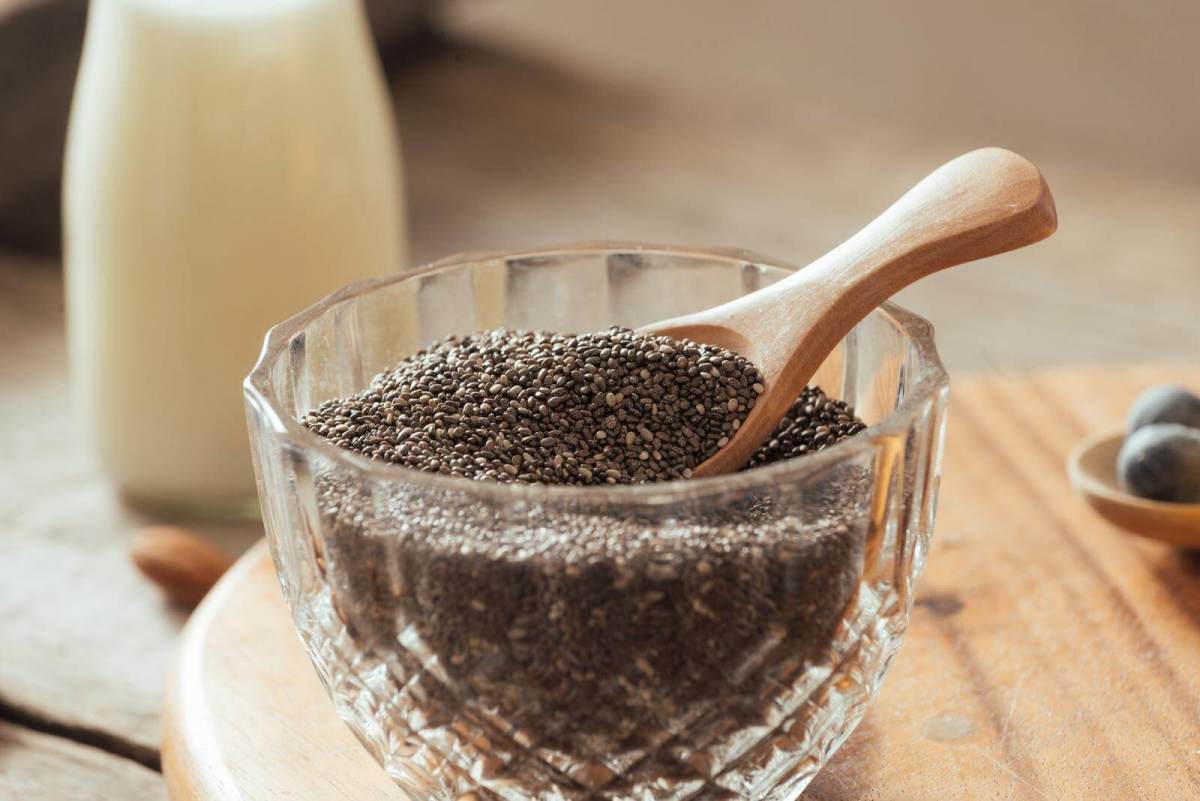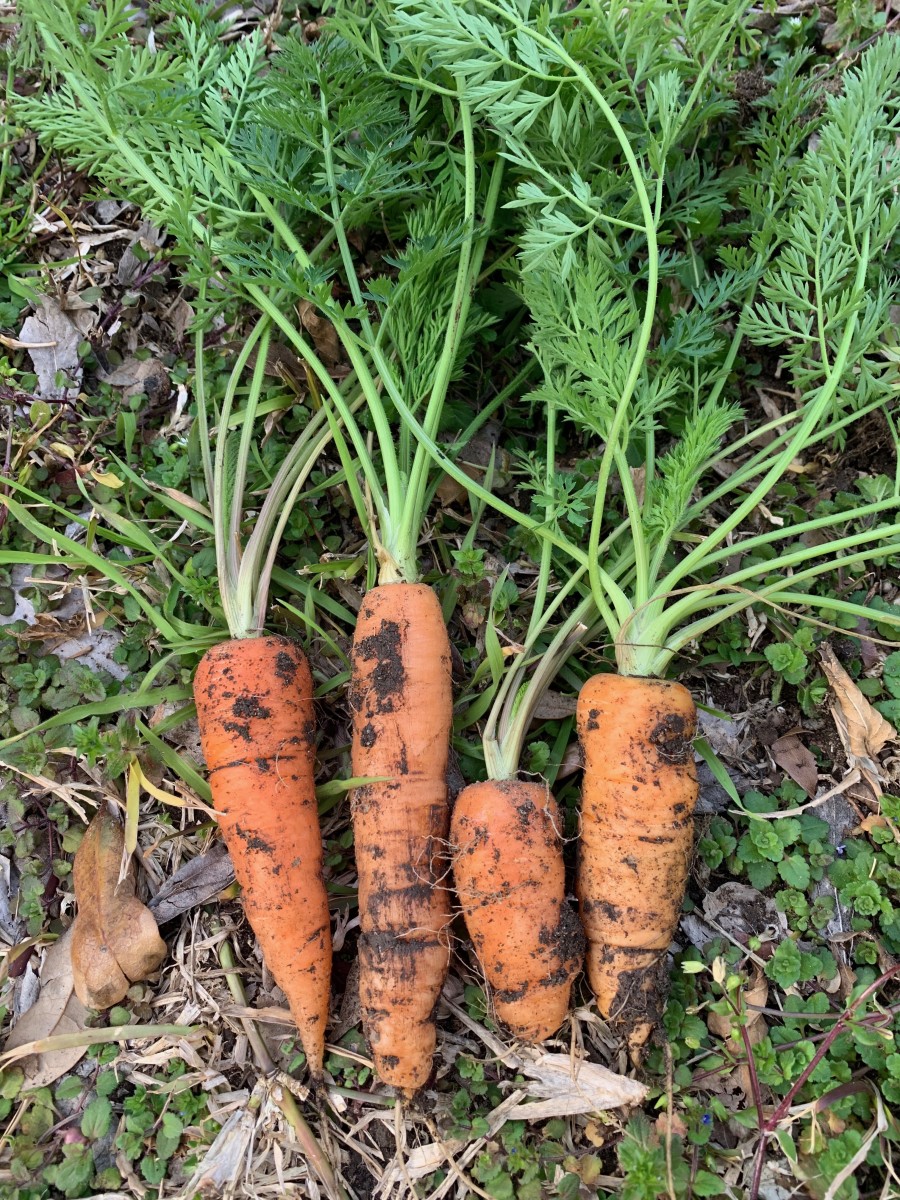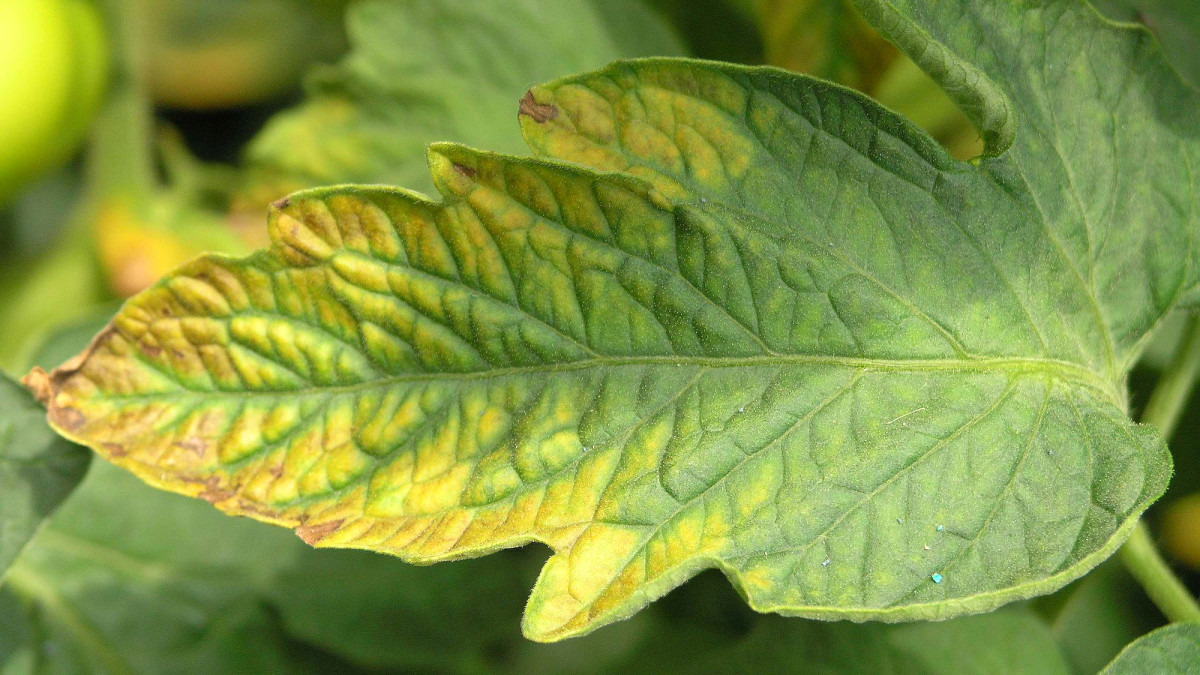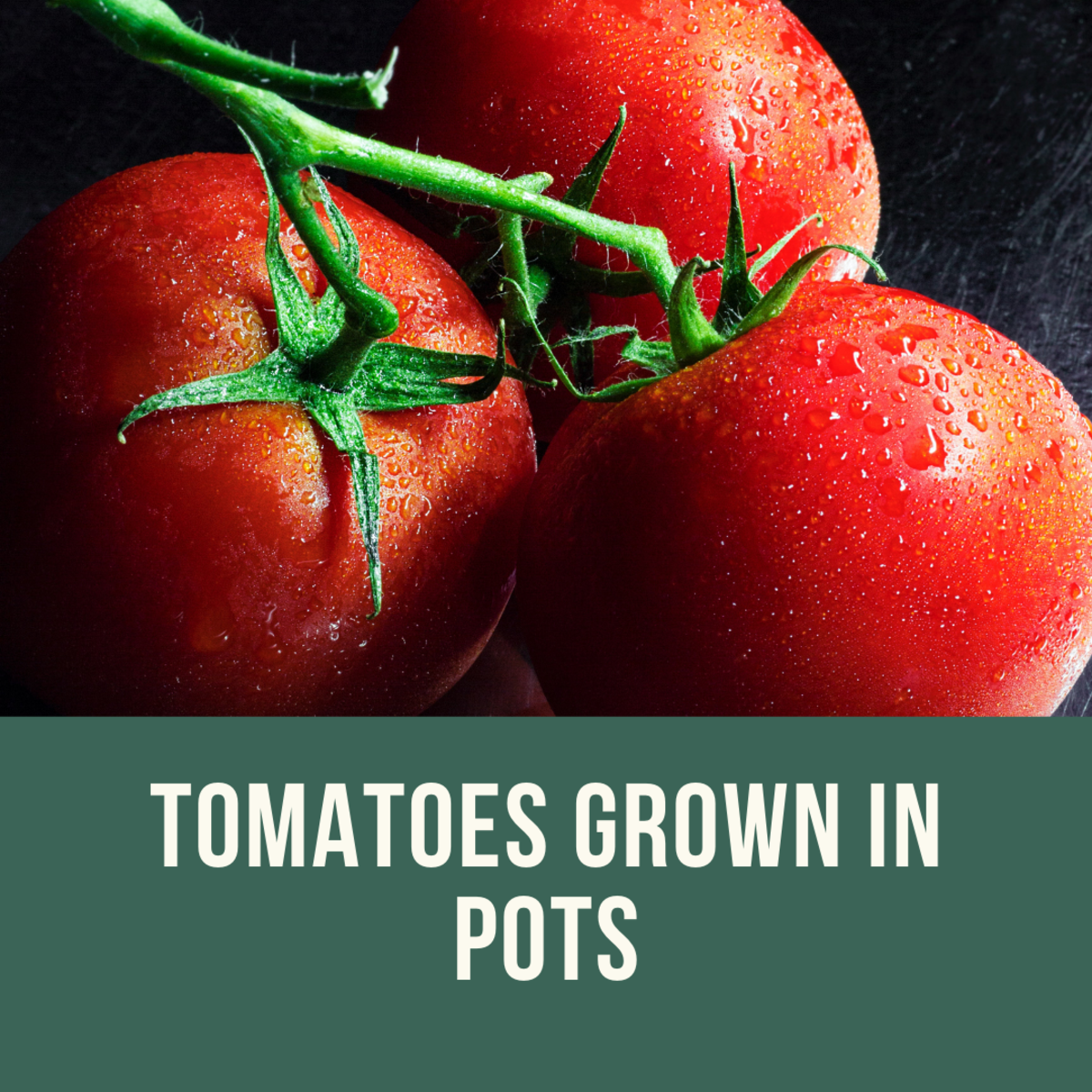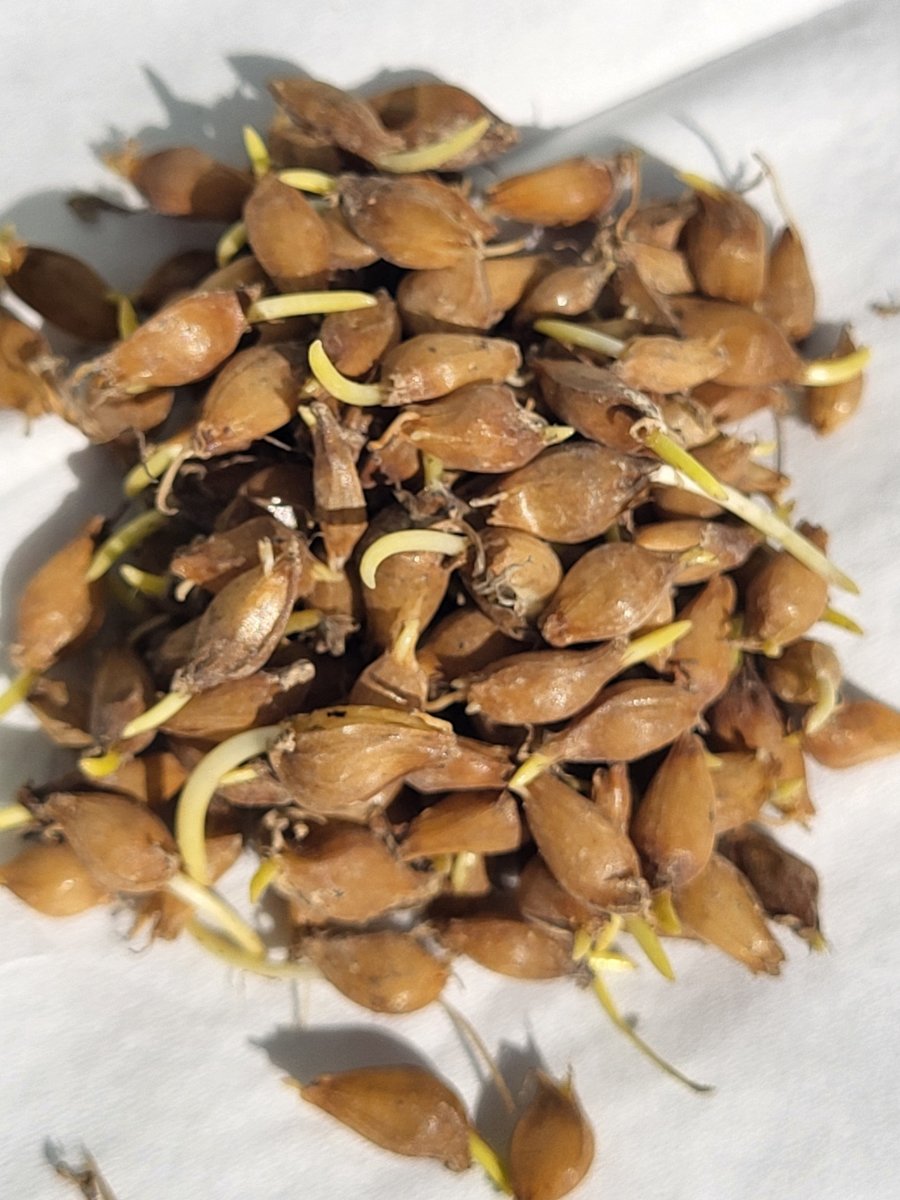Growing Delicious Lettuce
Lettuce
Fresh lettuce in the garden is something a lot of us look forward to planting as spring approaches. There are several types of lettuce, although most of us think of three of them when considering what to plant: leaf lettuce, iceberg or crisphead, and Cos or romaine.
Other types include stem or asparagus lettuce and butterhead lettuce. These two are generally lesser known than their counterparts.
While it's not hard to grow lettuce, as far as getting it to come out of the ground and generate decent growth, the major challenge to achieve success is planting at the right times and having some cooperation from the weather.
In this article we'll focus on the three major types of lettuce mentioned in the first paragraph, although best practices and challenges impact all five of the lettuce types in a similar manner.
Buttercrunch Lettuce Heirloom Seeds
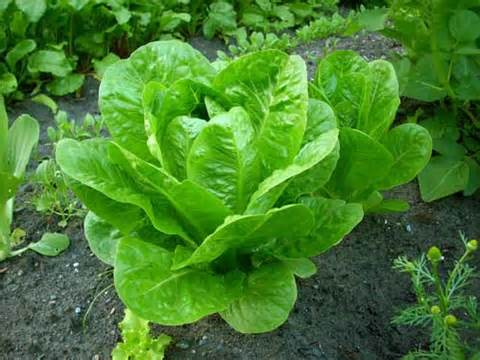
Lettuce Choices
In order of the ease of growing them, of the major three they are leaf lettuce, romaine and iceberg. Iceberg is the most challenging, but getting a fresh head of lettuce right out of the garden is too tempting not to try for many gardeners.
For lettuce variety you could grow all three starting at the same time to ensure having fresh lettuce available at all times of the spring and early summer months.
Temperature is a major factor for lettuce, and so we'll take a look at that as we familiarize ourselves with each of the three major lettuce types.
When to Plant Lettuce
In general, and for all lettuce types, planting as early as possible in cool weather conditions is best practices.
Times to plant are in the earliest part of spring that you can, or the late summer months for a fall harvest, depending on where you live and the variety of lettuce chosen.
If planted too late in the spring or early summer, romaine and iceberg especially will struggle to produce, while even leaf lettuce will become bitter from the heat. Other results could be the lettuce going to seed or very small plants. Some parts of the northern parts of the United States don't have this problem, but most regions do.
Another option would be to buy a lettuce variety with as much heat resistance as possible.
In cooler parts of the country you could plant the lettuce in intervals to get fresh lettuce into the fall. That's harder to accomplish in warmer climates, unless you're using leaf lettuce that matures in a relatively short period of time.
Lettuce thrives in day temperatures between 60 and 70°F.
Supplement with Container Lettuce Planting
I've grown leaf lettuce in containers at various times of the year and have found it a great way to supplement the planting of lettuce in the ground.
You can seed the lettuce before the last frost and set the container outside during the cool days to grow once the seedlings emerge.
The leaf lettuce types I've chosen usually will give you three cuttings before they die off. You can get a surprising amount of leaf lettuce from fairly small containers, and it gives the grower much more control over the fate of the lettuce.
How To Plant & Grow Lettuce
More Vegetable and Fruit Growing Tips
- Growing Tips for Green Snap Beans
Green beans are one of the most popular vegetables that are grown in the home garden, only lagging the tomato in desirability by gardeners. There is a good reason for that: people love fresh green beans, as they go great with a wide variety of... - Watermelon Growing Tips
Watermelon and the summer go together, as who doesn't want to sink their teeth into a sweet-tasting, ripened melon on a hot day; especially if you cool it before taking your first bite out of it. By far the best season to grow them in is the summer,. - Carrot Growing Tips
I don't if there's anything more enjoyable and satisfying than to sow a bunch of carrot seeds and watch them grow into that delicious vegetable which is so good for you, but also really fun to harvest when pulling it out of the ground. I've even... - Tips for Growing Better Beets
The beet is a very popular garden vegetable with just about every part of it able to be consumed by those who eat it in a variety of ways, depending on the specific dish you're trying to make. In the United States it is called by a number of... - Potato Growing Tips
Potatoes are a terrific addition to any home garden, and they're one of my personal favorites to grow; probably because of how enjoyable it is to dig them up and discover all the treasures underneath the soil. For the home garden, and commercially...
Leaf Lettuce Varieties
Leaf lettuce has some nice options as to varieties to grow. I've grown the usual green, crispy types, while at the same time starting up some red and/or red ruffles type of leaf lettuce to create some great looking salads or additions to sandwiches or hamburgers.
Be aware some of these may mature a week or so later than the other, so you may have to wait for the second cutting of your green lettuce to use the red.
I say the green first because in my experience the green leaf lettuce variety I primarily used would mature ahead of the red.
If you plant early enough though, it won't matter, as the second cutting can be just as tasty as the first as long as the hot weather doesn't arrive earlier than expected.
Cos or romaine lettuce can be started at the same time as leaf lettuce.
Head or Iceberg Lettuce
A fresh head of iceberg or crisphead lettuce is a refreshing treat, and worth the effort if you can successfully grow them.
These aren't as challenging in cooler climates, but can be successfully grown in warmer climates if you have transplants ready in the early spring or mid-summer months for fall harvest.
It would be better in warmer climates to plant the earliest maturing plant because the crisphead is very sensitive to heat and won't survive if planted late or unseasonably warm weather hits before the plant reaches maturity. Most seasons that's not a problem in cooler climates.
If you can wait and want head lettuce, it would probably be best to plant it for maturing in the fall if you live in a warmer region.
For summer planting best practices would be to place them in a shadier area for the best chance of success. You can transplant them a little later in a sunnier area.
Because most people won't grow a lot of head lettuce, it won't be a major project to transplant a few of them.
How to Plant Lettuce
I have found that planting lettuce seeds about 1/4" deep is enough, although if you plant with the potential of heavy rains to come soon afterwards, you many want to plant them as deep as 1/2". Another option would be to cover them with something you have available if the rains come soon after you plant them. Remove it once the rains have gone.
For leaf lettuce, I don't worry too much about spacing, as I don't mind them in bunches, and it helps protect the soil from drying out too quickly for the short-rooted plant.
But some people don't like them in that close of bunches, so in that case thinning the plants out to several inches apart works good for leaf lettuce.
With Cos you can add a couple of more inches to the spacing to give them a little more breathing room, and for crisphead lettuce, from 10" to 12" is about the right distance apart.
Don't throw away the lettuce you remove for thinning purposes, as you can either transplant or eat them.
For leaf lettuce which are heat tolerant, growing them in the shade of taller plants is a good practice for those being planted for a fall harvest.
Lettuce Care
The major care for lettuce is to be sure it gets plenty of water, with the best results being a little watering on a consistent basis, rather than the deep watering on a weekly basis most plants prefer.
Lightly watering your lettuce will cause the leaves of the plant to grow quicker and better, producing a better eating experience for you.
Don't water heavily, as mentioned, as that can cause the plant to be diseased. That's especially true if your soil is of the heavier type.
In tougher growing climates mulching your lettuce will help them to do much better than leaving them unprotected.
As with other shallow-rooted plants, cultivation is best done consistently and shallow right after the plant is placed in the ground.
It's easy to cause harm to plants with shallow roots, so cultivation must be done more carefully than usual. This is why mulching may be a better idea in most cases; even in cooler climates.
Most common lettuce problems, outside of insects, are the result of improper watering and poor drainage. Water lightly and place the plants in a spot that drains well and you should eliminate most problems lettuce plants will face.
Use a 10-10-10 or possibly 5-5-5 fertilizer for lettuce. Leaf lettuce and Cos probably won't need more than one application a year, but watch your crop and take action accordingly.
Harvesting Lettuce
Harvesting lettuce is simple, but keep in mind the hot weather factor no matter what zone you live in.
If it gets hot bitterness will set in the plant, making the plants much less tasteful, and basically ruining it.
This usually won't happen with leaf lettuce that is planted early, as it normally will be harvestable much earlier than the first heat wave.
For Cos or romaine, if hot weather hits early, you'll have to be content with harvesting them a little earlier than normal, which shouldn't hurt the flavor, but will just take a little more of the harvest for whatever purpose you use it for.
A good practice for leaf lettuce is to cut it in intervals, or if they're spaced apart more, every other plant, so you create more room for the surrounding lettuce to expand and grow.
For Cos or romaine you just wait until they mature before you cut them. The same with iceberg or head lettuce.
Lettuce in the Fall
Tips on Growing Fruit and Vegetables
- Okra Growing Tips
Okra is an annual vegetable that can grow very tall and loves the warm weather. It is also known by the name gumbo in some parts of the country. I always thought there was a French connotation and relationship to that, but it is reputed to be a... - Tips for Growing Tasty Sweet Corn
When grown and harvested correctly, there isn't a food much better than sweet corn in the summer months, or any time for that matter. I also believe it's the most anticipated crop grown by gardeners, as they wait for that first bite of sugary sweet.. - Broccoli Growing Tips
Broccoli has some great nutritional qualities which make it a terrific choice to grow in the home garden. With the introduction of new varieties it has made it practical to grow in all but the hottest climates successfully, although it still does... - Cabbage Growing Tips
Cabbage is increasingly becoming a garden favorite because of its great taste and variety of uses. It also is loaded with nutrients, which are especially effective when you eat it within a couple of days after harvesting the vegetable. The most...
Storing Lettuce
The first step to successfully storing lettuce is to harvest the best leaves. If you cut leaves that have some existing rot or wilt, that will translate into a very short storage life.
Get the best, most crisp leaves, and wash and drip dry them. Afterwards they can be placed in a plastic bag and put in the refrigerator. Assuming you know the coolest part of your refrigerator, place them there, as lettuce responds best at 32°F and humidity of about 96 percent.
For head lettuce, I've used those new, long-lasting storage bags and have successfully stored them for about a week before the color changes and the outer part starts to soften. Leaf lettuce or Cos don't store quite as long in my experience.
Normally the best place to put your lettuce is on the first shelf of your refrigerator in the back. For most refrigerators this is the coolest location. But you know what's best with your refrigerator brand, so store accordingly.
Finally, don't store lettuce with fruit like pears or apples, as they release ethylene gas which causes ripening to happen quicker. The result for lettuce is the emergence of brown spots, which causes the plant to decay much quicker than usual.
Bitter Lettuce can be Reversed
If your lettuce starts to have seed stalks appear, don't wait, harvest all them immediately, as bitterness will quickly creep into the plant.
If your lettuce does start to develop a bitter taste, don't be in a rush to throw it, as it can be salvaged with proper practices.
All that's needed under those conditions is to cut, wash and store the lettuce in your refrigerator. After a couple of days most, if not all, of the bitterness will be gone from the plant.
Lettuce
Just like tomatoes, one of the things most of us who garden can't wait for is that first taste of lettuce in the early part of the growing season.
Follow these practices and you should enjoy a successful harvest of lettuce in the spring, early summer, and fall months.


